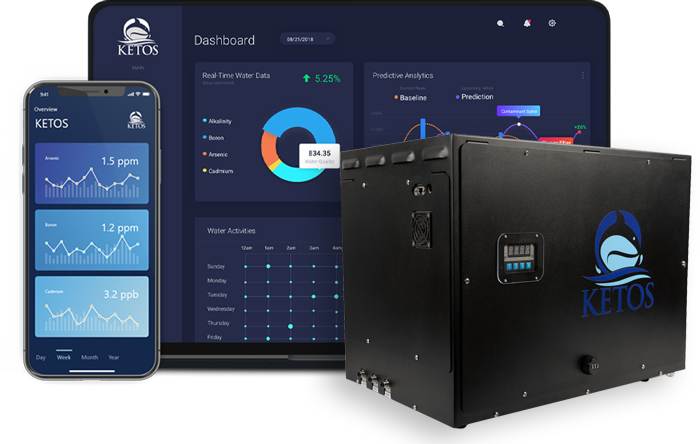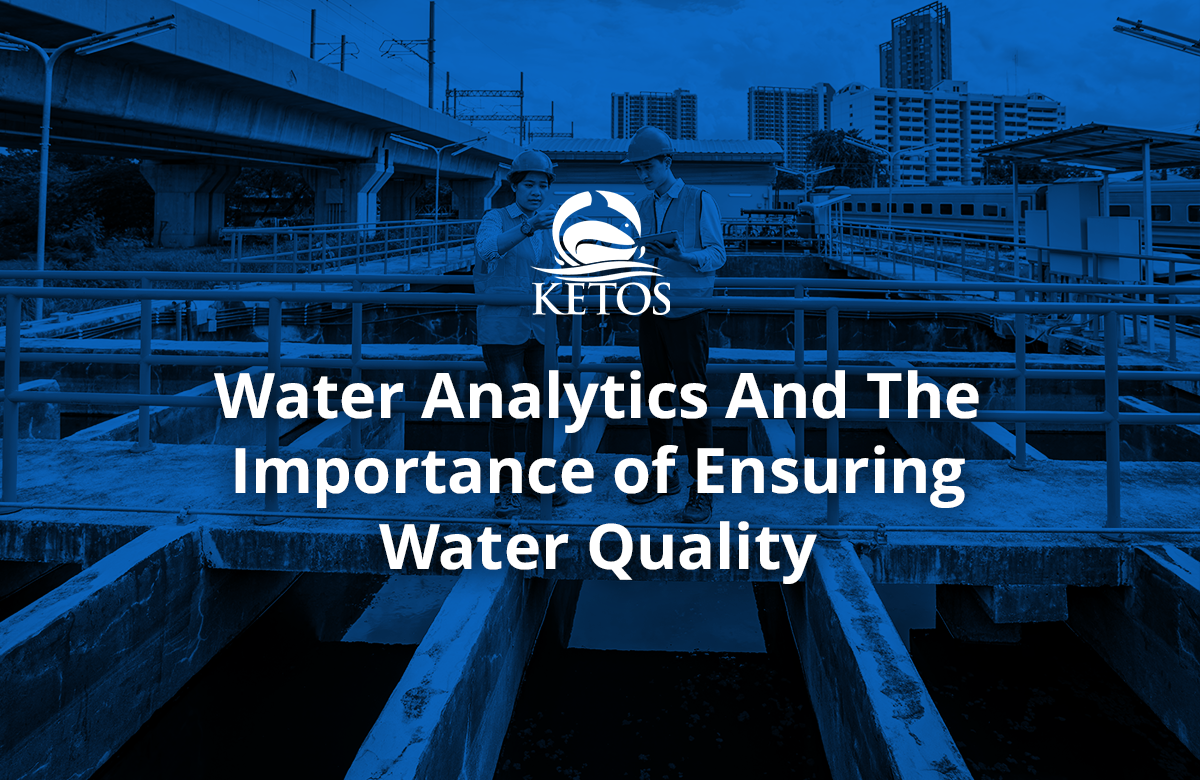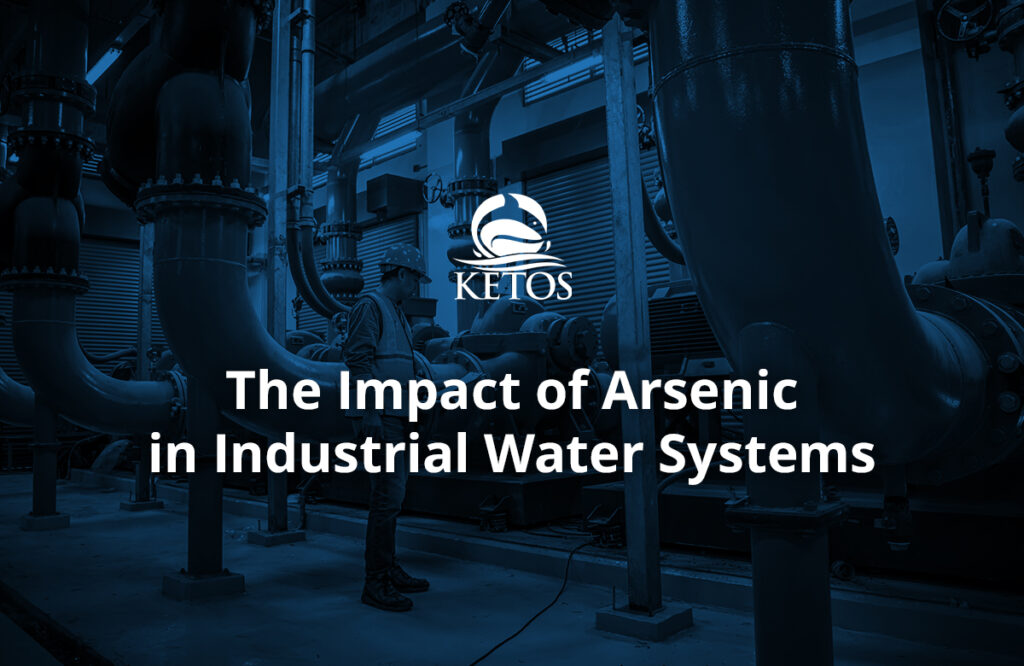The importance of water quality cannot be underestimated. No matter where you live, having access to safe and clean drinking water is critical for preventing the spread of infectious diseases such as polio, typhoid, cholera, dysentery, hepatitis, and diarrhea. Unlike many other countries, the United States has one of the safest water supplies in the world. More than 90 percent of Americans get their drinking water from community water systems, which are subject to rigorous testing to ensure safety standards are met.
Using Technology To Keep Drinking Water Safe
Drinking water quality varies by location, depending on the condition of the source water from which it is drawn and the treatment it receives. However, all municipalities must meet the standards set forth by the Safe Drinking Water Act. In the past, water quality testing was a tedious process that involved a lot of manual labor. However, with the rise of water technology companies and water analytics, the process has become much more automated and seamless.
The importance of water quality testing drives many of the innovations developed by water technology companies. One of the most critical components of this testing is detecting possible contaminants in a municipal water supply. There are many possible sources of contamination, including:
- Sewage releases
- Naturally occurring chemicals and minerals such as arsenic, radon, or uranium
- Local land use practices such as fertilizers, pesticides, livestock, and concentrated feeding operations
- Manufacturing processes that may release heavy metals or cyanide into a water supply
- Malfunctioning on-site wastewater treatment systems like local septic systems
Even drinking water that is not properly treated or that travels through an improperly maintained system of pipes can create conditions that result in contamination. Using water analytics software to detect or predict problems in the distribution system can save municipalities and other utilities headaches in the long run.
What Is Water Analytics Software?
One of the biggest innovations in municipal water testing is water analytics software. This technology is flexible in that it can overlay existing water infrastructure. The software can pull data and analytics about water, including content, usage, discharge, quality, and more. It can also help water operators understand their water quality and usage, which in turn allows them to make informed decisions about day-to-day operations.
The Technology That Drives Decision-Making
One of the most important aspects of water analytics software is its ability to help water operators manage their operations. Water utilities make hundreds of decisions daily, which directly impact consumers. Water technology companies offer unique solutions like data analysis and predictive modeling to help utility companies streamline operations and be proactive in their management style.
Using such technological innovations can help water companies better manage the following across a variety of industries:
- The quality of the product in food production or bottling facilities
- The health of crops in agricultural or vertical farming settings
- The availability of water sources in wells and aquifers or for distribution across local municipalities
- The level of contaminants found in wastewater treatment plants
- The presence of contaminants in drinking water supplies
Ensuring the quality of the nation’s water supply is a time-consuming, but essential, process. The good news is that technology, including data analysis and predictive modeling, can help. When water operators can track water quality and usage with advanced water analytics software, they can make faster, more informed decisions that protect communities against contamination or equipment from downtime and damage. They can also track water usage and create ways to use less of this precious resource in daily operations. This is helping companies save money, waste less water, and build sustainable practices in their traditional methods of operations.
Water Quality Monitoring With Advanced Technology
As the importance of water quality monitoring has grown, significant advancements in data analytics have revolutionized the processes water operators use to track the distribution and use of this precious resource. Real-time monitoring, early detection of issues, predictive modeling, and the integration of big data and IoT are revolutionizing the way water resource management is being practiced today. These technological advancements have the potential to safeguard water resources and ensure a sustainable future for generations to come.










